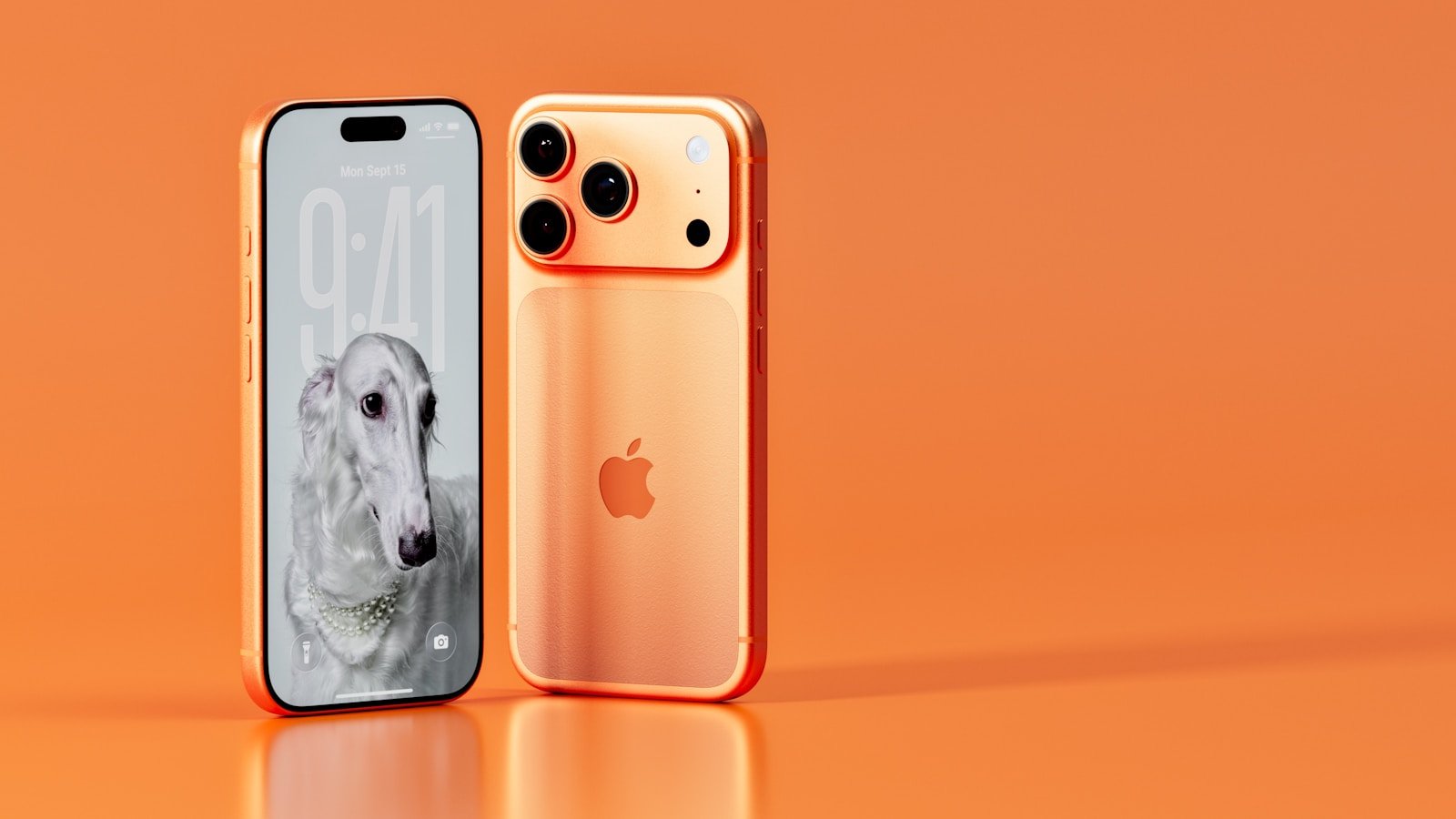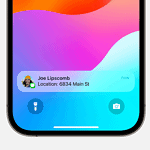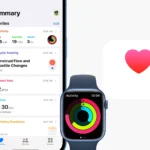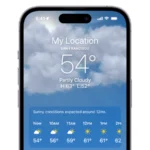When deciding to purchase an iPhone, the array of models with different features and specifications can be overwhelming. Apple pushes the envelope with each new release, ensuring the latest iPhones have the most advanced technology. Each model caters to a variety of needs and budgets, from the high-end iPhone 15 Pro Max with its cutting-edge performance and camera system to the more affordable iPhone SE for those who seek Apple’s quality without the premium price tag.
Choosing the right iPhone involves considering how one uses their phone on a daily basis. For a user demanding professional-grade photography and processing power for intense gaming and apps, the latest iPhone 15 series is the go-to option. However, for someone who prefers a smaller phone that is easy to handle and still performs well for everyday tasks, the iPhone SE or an older model might be the more sensible choice.
It’s important when comparing iPhones to look at the entire ecosystem each model supports. This includes the availability of iOS updates, compatibility with other Apple devices, and the accessory market that can enhance the iPhone experience. Given these considerations, an iPhone that matches both the user lifestyle and budget can be found with careful comparison.
Comparison of iPhone Models
Apple’s iPhone has evolved dramatically since its debut in 2007. From the compact 4.5-inch original to today’s massive Pro Max models, each generation reflects Apple’s push toward bigger screens, thinner bezels, and more advanced technology.
Below is a comparison chart showing how iPhones have changed across the years.
📊 iPhone Comparison Table
| Model | Release Year | Display Size | Length (Height in Inches) |
|---|---|---|---|
| iPhone (1st Gen) | 2007 | 3.5″ | 4.5″ |
| iPhone 3G / 3GS | 2008 / 2009 | 3.5″ | 4.5″ |
| iPhone 4 / 4S | 2010 / 2011 | 3.5″ | 4.5″ |
| iPhone 5 / 5C / 5S | 2012–2013 | 4.0″ | 4.87″ |
| iPhone SE (1st Gen) | 2016 | 4.0″ | 4.87″ |
| iPhone 6 / 6S / 7 / 8 | 2014–2017 | 4.7″ | 5.44″ |
| iPhone 6 Plus / 6S Plus / 7 Plus / 8 Plus | 2014–2017 | 5.5″ | 6.23″ |
| iPhone X / XS / 11 Pro | 2017–2019 | 5.8″ | 5.65″ |
| iPhone XR / 11 | 2018–2019 | 6.1″ | 5.94″ |
| iPhone XS Max / 11 Pro Max | 2018–2019 | 6.5″ | 6.20″ |
| iPhone 12 mini / 13 mini | 2020–2021 | 5.4″ | 5.18″ |
| iPhone 12 / 12 Pro / 13 / 13 Pro / 14 | 2020–2022 | 6.1″ | 5.78″ |
| iPhone 12 Pro Max / 13 Pro Max / 14 Plus / 14 Pro Max | 2020–2022 | 6.7″ | 6.33″ |
| iPhone SE (2nd & 3rd Gen) | 2020 / 2022 | 4.7″ | 5.45″ |
| iPhone 15 / 16 / 17 | 2023–2025 | 6.1″ | 5.81″ |
| iPhone 15 Plus / 16 Plus / 17 Plus | 2023–2025 | 6.7″ | 6.33″ |
| iPhone 15 Pro / 16 Pro / 17 Pro | 2023–2025 | 6.1″ | 5.77″ |
| iPhone 15 Pro Max / 16 Pro Max / 17 Pro Max | 2023–2025 | 6.7″ | 6.29″ |
| iPhone 17 Air | 2025 | 6.1″ (ultra-thin) | 5.74″ |
🔑 Key Evolution Highlights
- 2007–2012: iPhones stayed compact with 3.5″–4.0″ displays.
- 2014–2017: The Plus models introduced phablet-sized screens at 5.5″.
- 2017–2020: The iPhone X redesign eliminated the home button, maximizing screen-to-body ratio.
- 2020–2022: Apple experimented with the mini line at 5.4″, but discontinued it due to low sales.
- 2023–2025: The iPhone 15–17 series refined titanium builds, thinner bezels, and introduced the iPhone 17 Air, the thinnest iPhone ever.
✅ This guide gives a clear historical perspective while also showing how the latest iPhone 17 fits into Apple’s design evolution.
Key Takeaways
- Selecting the right iPhone model requires balancing needs with budget.
- The iPhone range offers diverse options from high-end to cost-effective models.
- Evaluating the Apple ecosystem is crucial when choosing an iPhone.
iPhone Models Overview
When choosing an iPhone, comparing the latest models is useful. This guide covers everything from design to special features.
Differentiating the Latest Models
The lineup includes the iPhone 13 and iPhone 14 families, alongside the new iPhone 15 series. The iPhone 15 variants introduce advancements in technology and performance over the older iPhone 13 and iPhone 14, with the iPhone SE as a compact option.
Design and Build
Materials range from durable aluminum in the iPhone SE and 13 to more premium stainless steel in the latest models. Sizes and weights vary, with options for ease of handling or larger displays.
Display Technology
All recent iPhones boast OLED displays, with the iPhone 15 Pro and Pro Max featuring Super Retina XDR with ProMotion. This means vivid colors and smooth motion.
Camera Capabilities
The camera systems improve with each release. The iPhone 14 and 15 series feature advanced ultra-wide and telephoto lenses, Lidar for depth mapping, and ProRes for high-quality video.
Performance and Hardware
Newer models have the A17 chip, with the iPhone 15 outperforming previous models. Storage options range up to 1TB. RAM is ample across the board, ensuring a smooth experience.
Battery and Charging
Battery life improves progressively. New models support MagSafe and faster wireless charging, making daily use more convenient.
Software and Ecosystem
All models run iOS 17, with continuous software updates ensuring features and security stay current. The App Store and services are integral, providing a rich ecosystem.
Special Features
Distinct features like the Dynamic Island on the iPhone 15 Pro models and crash detection on the latest iPhones set them apart. MagSafe accessories add utility.
Connectivity
Support for 5G, Wi-Fi, NFC, and Bluetooth is standard, with mmWave technology enhancing speed in select models. This ensures iPhones stay connected in various environments.
Pricing and Availability
Prices vary, with the iPhone SE being more affordable, and the iPhone 15 Pro Max being the premium option. Deals and trade-in offers can reduce costs. Availability is widespread in the U.S., with options for direct purchase or carrier deals.
Buying Guide
When looking into a new iPhone, considering your budget and personal needs is vital. Make sure the model you choose matches your expectations in performance, camera quality, and longevity.
Comparing Prices and Deals
Prices can vary greatly across different iPhone models. Check for special deals or trade-in offers that may be available. Retailers sometimes provide discounts, especially if a new model has been released or during holiday sales periods.
- Latest models: Higher price, newest features
- Older models: More affordable, solid performance
Table: Price Comparison Based on Model
| Model | Price Range (Without Deals) |
|---|---|
| New iPhone | $$$ – $$$$ |
| Previous Year | $$ – $$$ |
| Older iPhone | $ – $$ |
Evaluating Features for Your Needs
The features you need should drive your choice. Consider camera capabilities, screen size, processor speed, and software updates. For instance, if taking high-quality photos is a priority, opt for models with advanced camera systems.
- Camera: More lenses and higher megapixels for better photos
- Screen size: Larger for media, smaller for portability
- Processor: Latest for speed, older for cost savings
- Software update: Ensure compatibility with iOS 17 for longevity
Considering Future-Proofing and Updates
Choosing a model with future-proofing in mind means looking for devices that will receive software updates for years to come. This usually includes models from at least the previous year.
- Models that support iOS 17 or newer are likely to receive updates longer.
- Newer processors support more future iOS updates compared to older ones.
Deciding on Storage and Model Variants
Storage needs vary. If you store many photos, videos, or apps, consider iPhones with higher storage options. Remember that the price increases with more storage.
- Smaller storage (64GB, 128GB): Good for lighter use
- Larger storage (256GB, 512GB, 1TB): Needed for heavy usage
Table: Storage Options vs Usage
| Storage Size | Best For |
|---|---|
| 64GB | Basic use, fewer apps and media |
| 128GB | Moderate use, some media |
| 256GB+ | Heavy use, lots of media and apps |
Be sure to choose wisely between the different model variants, like the standard, Plus, or Pro versions, based on your preference for screen size and feature set.







